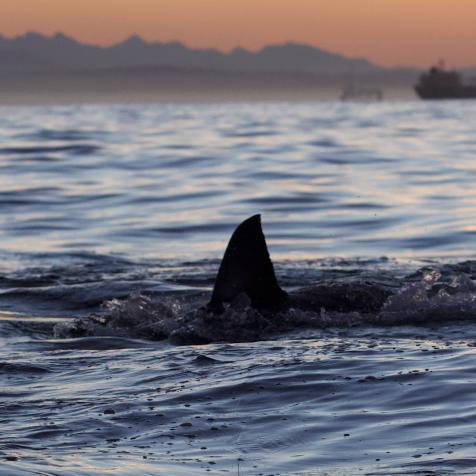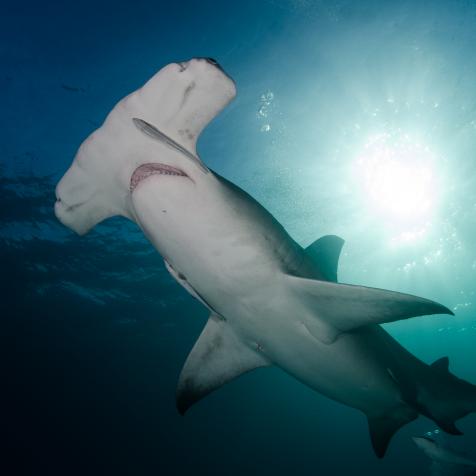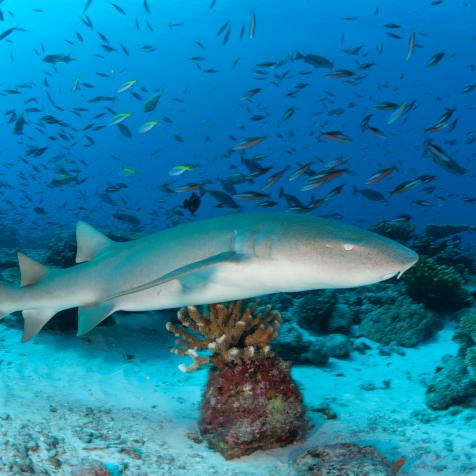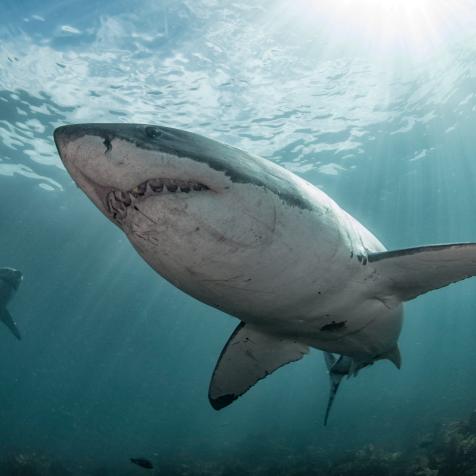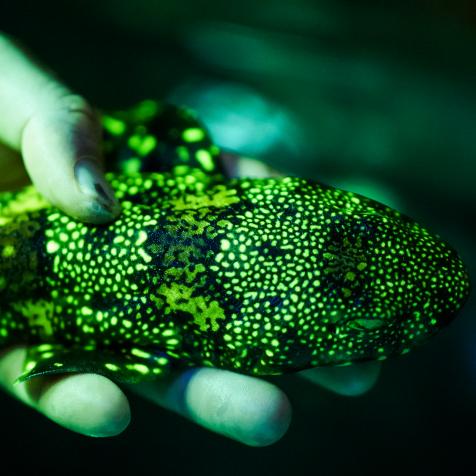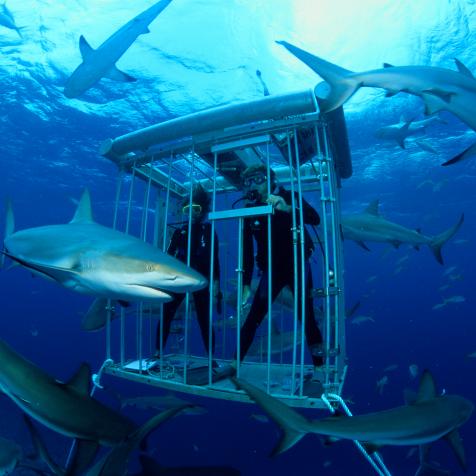
Beneath The Waves
Sharks of the Twilight Zone
The deep-sea is largely a mystery and we’re finding that it’s a much more biodiverse place than previously thought. There are hundreds of species of sharks that live in cold, dark depths of the deep sea and have adapted to this foreign world. And Beneath the Waves (BTW) is on a mission to learn more!
It’s hard not to be deeply fascinated with the deep sea. It’s arguably even more intriguing than space travel and exploration, as we have access to it right here on our planet! With new-age technology allowing us to go deeper into the darkness of our ocean, we are learning more every day about this final frontier. But even so, most remains a complete and total mystery.
The team at Beneath the Waves — an NGO that’s working to create a sustainable future ocean — focuses on innovation and breaking barriers when it comes to research and marine protected areas. Leveraging cutting-edge technology, the team is able to locate, study, and report on the wide range of threatened species biodiversity, including sharks, that occupies this great beyond. And because of this, we’re beginning to learn just how productive and important the deep-sea actually is.
Of the 500 known shark species, about half spend some portion of their lives in the deep-sea. Incredible, right? But what excites the team at BTW even more is how many new species are being found in the depths on a regular basis. Deep-sea sharks — those that are found below ~600 feet — are poorly studied compared to that of their shallow water counterparts, and for obvious reasons! The deeper you go, the more logistical challenges you will face.
Things such as extreme pressure, temperature, and visibility are all factors. At ~600 feet deep, the majority of light is gone, making these waters difficult to navigate. By 3,000 feet, it’s complete darkness and the pressure is on. But, the darker, deeper, and colder it gets, the more interesting things become. In order to survive these harsh conditions, sharks have evolved some exceptional and unique adaptations. And now, we have the ability—thanks to technology—to see first hand.
An Introduction to Some Deep Sharks

Chip Clark/Smithsonian Institution
Dwarf Lantern Shark
Let’s start with the dwarf lantern shark. It’s the smallest of all the sharks — reaching up to 19cm long as an adult — and is found as deep as 1,440 feet. These tiny sharks have organs called photophores along their underside that emit light, which is also referred to as bioluminescence. This makes them lighter on the bottom of their body and darker on the top so that when its prey looks up, the shark is camouflaged. This adaptation also helps the shark prey on their food in low or no light areas.

Beneath the Waves
Gulper Shark
Then we have the Gulper shark, which is a very common deep-sea dogfish that live on the seafloor. In order to see with limited light, these sharks — like many other deep sea inhabitants — have large, green eyes. This allows them to better absorb light and navigate smoothly. They tend to live in schools or cruise around in murky waters all around the globe. And BTW has found gulper sharks below 3,000 feet in the Caribbean.

Beneath The Waves
Blunt Nose Sixgill Shark
The blunt nose sixgill is a large shark, notorious for being lazy with a very slow metabolism. This is actually true for many deep-sea inhabitants. Given how hard it is to see, they don’t have the chance to move around much! This is also why it has received the nickname “cow shark.” It can grow up to 20 feet and is found all over the world.

Diego Camejo for Beneath the Waves
Deep-Sea Drop Camera
These are just a few examples of the sharks that occupy our depths that we are learning more about every day. Not to mention, we’re finding that sharks we previously thought occupied predominantly the shallower waters might be diving deep regularly. The team at BTW has been conducting research to better understand why that might be and what happens when these sharks take the plunge.
In order to get deeper, BTW has worked with engineers to develop innovative new tools to deploy on expeditions. This includes custom-built drop cameras and lights, deep-sea submarines, and remotely operated vehicles (ROVs) that allows them to beat the unfavorable conditions and get a closer look at what happens down below.
About Beneath The Waves
Founded in 2013 as a non-for-profit organization, Beneath the Waves is dedicated to promoting ocean health and using science and technology to catalyze ocean policy. The team specifically focuses on threatened species conservation and marine protected areas, with a deep affinity for sharks.
This Shark Week, Dr. Austin Gallagher, the Chief Executive and lead scientist at Beneath the Waves lended his knowledge to two shows, including ADAM DEVINE'S SECRET SHARK LAIR, premiering Wednesday, August 12 at 9P ET, and TIGER SHARK KING premiering Friday, August 14 at 10P ET.









